Located in Lam Son town, Tho Xuan district, Thanh Hoa province, Lam Kinh Ancient Capital is a historical site closely associated with the reign of King Le Thai To and the Later Le Dynasty in Vietnamese history.
Unique cultural and architectural heritage
Going back in history, after leading the Lam Son Uprising (1418-1428) for 10 years to drive out the Ming invaders and ascending to the throne as emperor, establishing his capital in Dong Kinh (Thang Long), King Le Thai To ordered the construction of a capital city called Lam Kinh in his ancestral homeland of Lam Son.
The ancient Lam Kinh citadel was built according to the "mountain-backed, water-facing" principle, a golden standard in East Asian feng shui. To the north, the citadel rested against Dau Mountain; to the south, it overlooked the Chu River, with Chua Mountain acting as a screen; to the east was Phu Lam Forest; and to the west, it was protected by Huong Mountain and Ham Rong Mountain.
The Ngo Mon Gate of the Lam Kinh historical site. Photo: Quoc Le.
The imperial citadel, palace and temple of Lam Kinh citadel are still intact to this day, with a chessboard layout including the Ngo Mon gate, dragon yard, main hall, temple...
The path leading to the imperial citadel is lined with a canal called the Ngoc River, which originates from West Lake, loops around the citadel and Lam Kinh Palace. The Bach Bridge (Tien Loan Kieu Bridge), spanning the Ngoc River, is the main access route for visitors to the ancient Lam Kinh citadel. The bridge is arched and built in a unique architectural style called "upper house, lower bridge," meaning a house on top of a bridge.
About 50 meters past the bridge is an ancient well, its water clear and full year-round. The northern bank is paved with stone steps leading down, supplying water to the Lam Kinh Palace. In the past, lotus flowers bloomed in the well, adding beauty and fragrance, and also keeping the water cool during the summer months.
To enter the main palace area, visitors will pass through Ngo Mon Gate, which was once the place for ceremonial receptions before entering the palace. In front of Ngo Mon Gate are stone lions dating back hundreds of years. Passing through Ngo Mon Gate leads to the dragon courtyard, which leads to the main palace area. The Lam Kinh main palace is considered the "soul" of the historical site because of its grandeur and solemnity. It is the largest central area, shaped like the character "Công" (I), consisting of 3 large palaces built in succession on a large plot of land: Quang Duc (front palace), Sung Hieu (middle palace) and Dien Khanh (rear palace).
Immediately behind the main hall are nine ancestral temples, solemnly and sacredly arranged in an arc shape embracing the main hall. This is where the kings and queens of the Later Le Dynasty, mainly the Early Le Dynasty, are worshipped, with a year-round atmosphere of incense smoke, majestic and sacred...
A unique stature in the nation's historical process.
The ancient capital of Lam Kinh is not only an important historical site but also a living symbol of the national revival spirit, of the culmination of Dai Viet's cultural traditions and the aspiration to rise again after years of suffering under Northern domination.
The significance of Lam Kinh lies primarily in its pivotal role in the restoration of the Dai Viet nation after the fourth period of Chinese domination. It was a place where national spirit converged, where heroes were born, and where peasants, intellectuals, and mountain tribes were mobilized to fight against invaders. If Thang Long was the political and economic center during the Ly-Tran dynasties, then Lam Kinh served as a spiritual anchor and source of will for a new Dai Viet after a dark period. Symbolically, Lam Kinh is like an affirmation that a nation may be temporarily subdued but never defeated, and that national spirit can always rise from lands far from the center.
The Thai Mieu area of the Lam Kinh historical site. Photo: Quoc Le.
Beyond its historical and military significance, Lam Kinh also served as a cultural and political center embodying both continuity and innovation. After ascending the throne, Le Loi ordered the construction of Lam Kinh as a capital city, following traditional feng shui principles, mimicking the structure of Thang Long but with the distinct character of the Lam Son region. Here, the early Le dynasty kings held many important ceremonies, issued major decrees, and it also served as the burial place for the kings and queens of the dynasty. The choice of Lam Kinh as a resting place instead of Thang Long demonstrates that the Le dynasty not only wanted to emphasize its origins but also to affirm the importance of a new religious center with its own unique identity.
The symbolic significance of Lam Kinh has been maintained throughout the long course of history. For centuries, regardless of dynastic changes, war or peace, Lam Kinh has stood as a testament to national resurgence, loyalty, and unwavering resilience. From Lam Kinh, the spirit of Dai Viet has always spread, contributing to shaping a distinctive political and cultural identity of Vietnam during the Later Le Dynasty.
Today, Lam Kinh is not only a cultural tourist destination, but also a place where precious historical, spiritual, and religious values converge. The Lam Kinh Festival, held annually on the 21st and 22nd of August in the lunar calendar, commemorates Le Loi and the kings of the Le dynasty, and also aims to awaken national pride, recalling a glorious historical period and the enduring will for independence. Therefore, the significance of Lam Kinh lies not in its physical scale, but in its historical depth and cultural breadth.
In 1962, the Lam Kinh Historical Site was recognized as a National Historical Monument. In 2012, it was further recognized as a Special National Monument.
The project to restore, rehabilitate, and enhance several important items within the Lam Kinh National Special Historical Site is being implemented by the Thanh Hoa Department of Culture, Sports and Tourism as the investor, in the period 2025–2027. The items include: restoring four Thai Mieu buildings (numbers 1, 2, 8, and 9), rehabilitating the temple of Lady Hang Dau, and constructing the entrance gate to the historical site. Funding for the project will be mobilized from the central and provincial budgets.
Over the years, many important components of the historical site, such as the Lam Kinh Palace, the lakes, the dragon courtyard, the ceremonial gate, and the five royal temples, have been restored and reconstructed. However, four royal temples, the two left and right side buildings, and the Hang Dau temple remain unrestored. This investment is expected to contribute to the overall completion of the most important historical and cultural space of the Later Le Dynasty in Thanh Hoa.
Source: https://khoahocdoisong.vn/hon-80-ty-phuc-hoi-khu-di-tich-lam-kinh-post2149044047.html


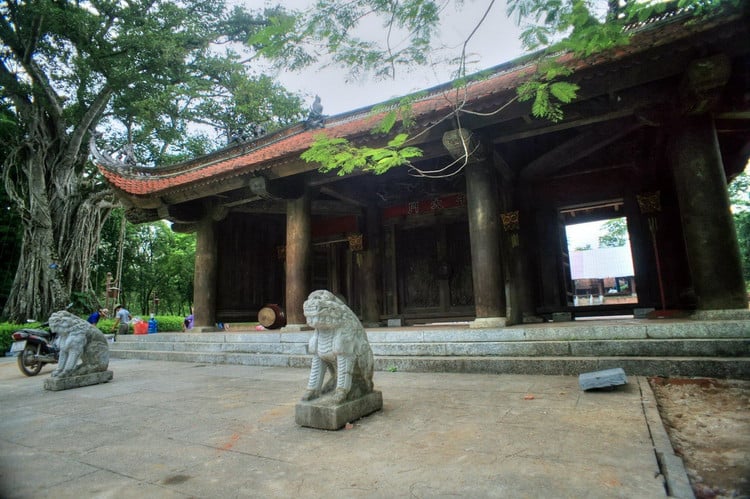
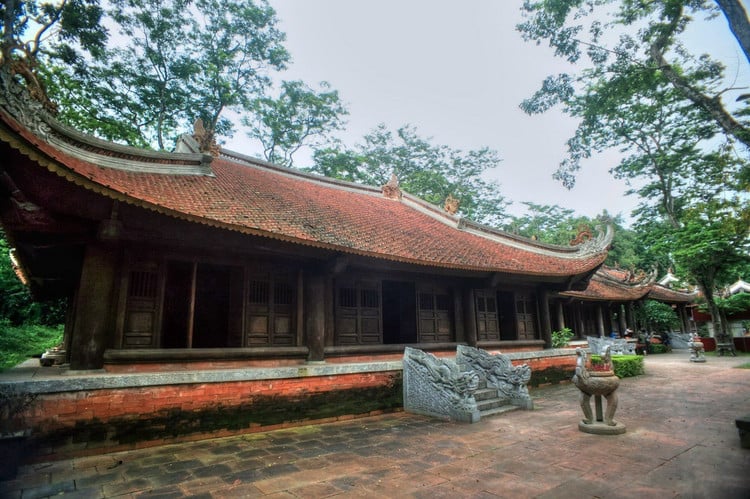







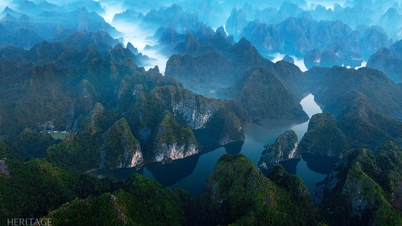




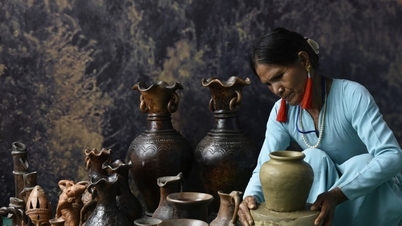

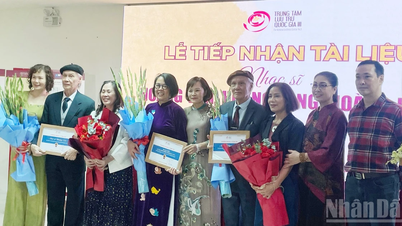

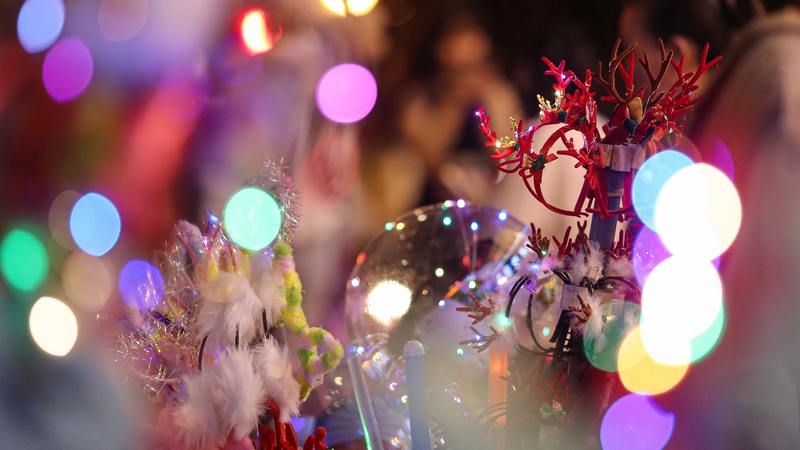
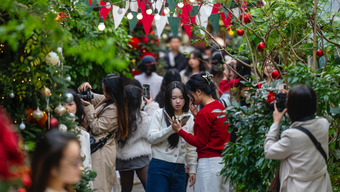
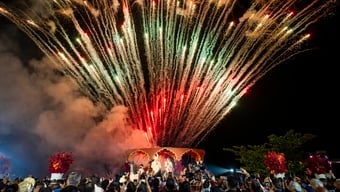
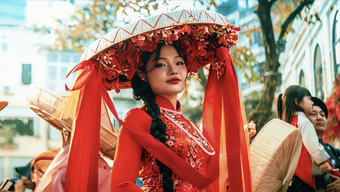
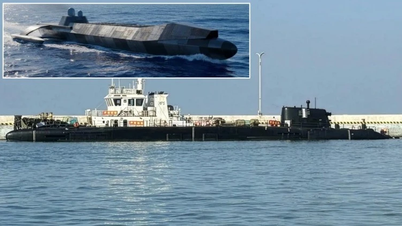


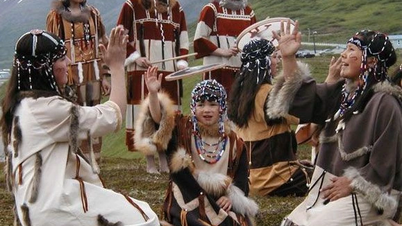


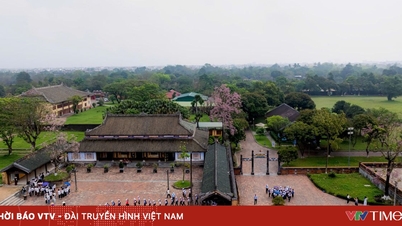



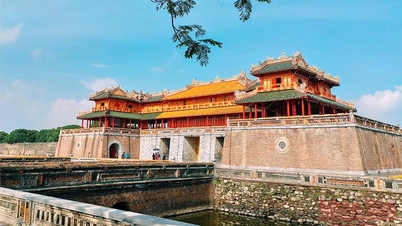
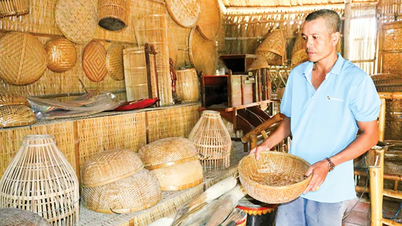

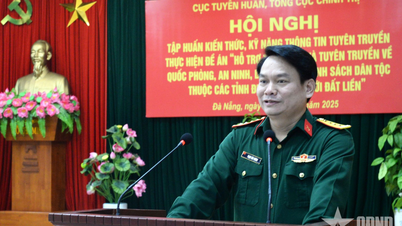

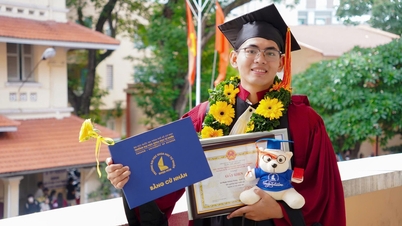

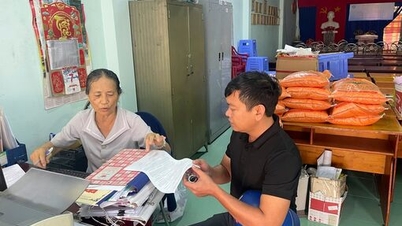

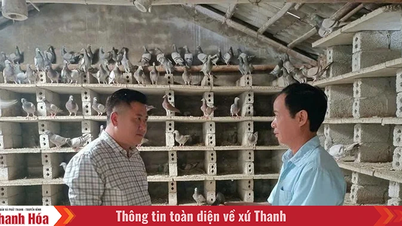



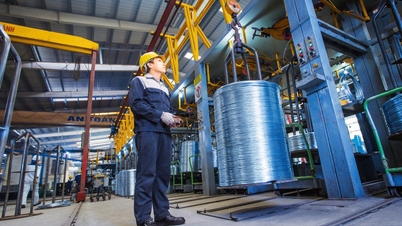

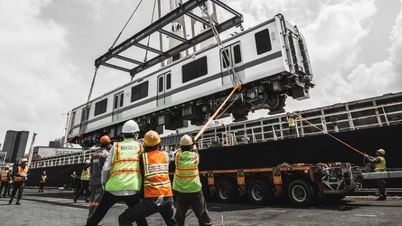
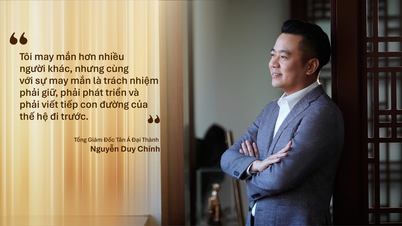


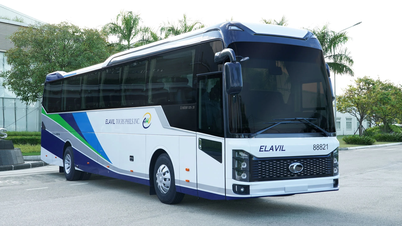


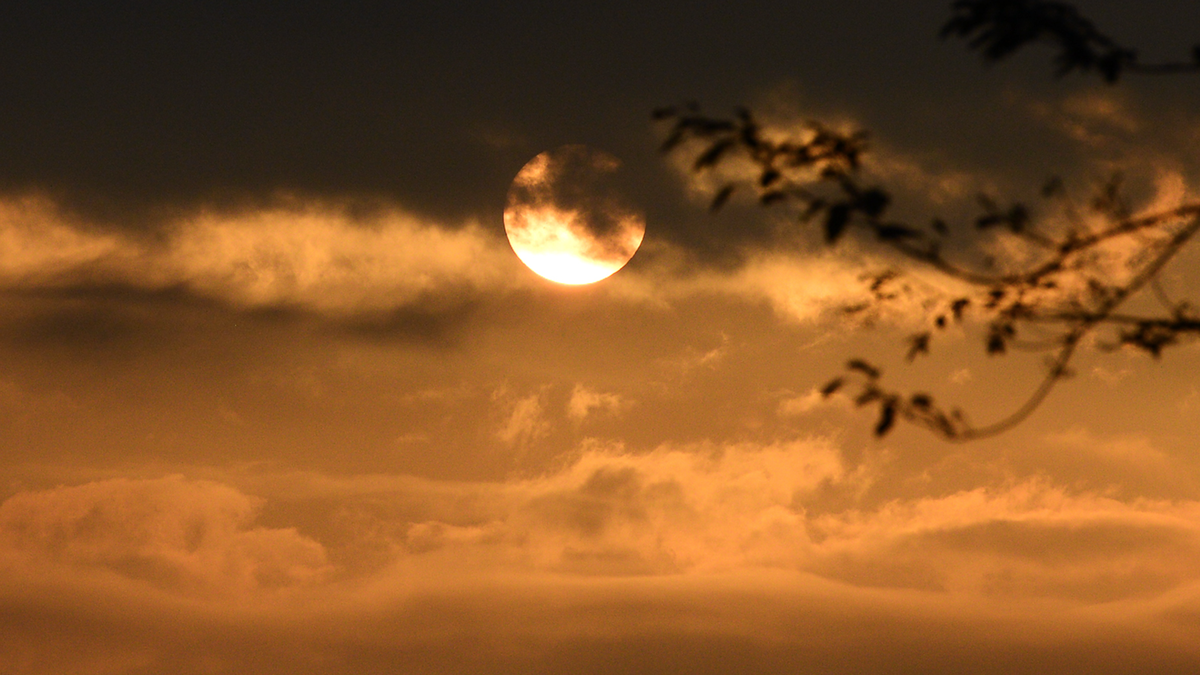
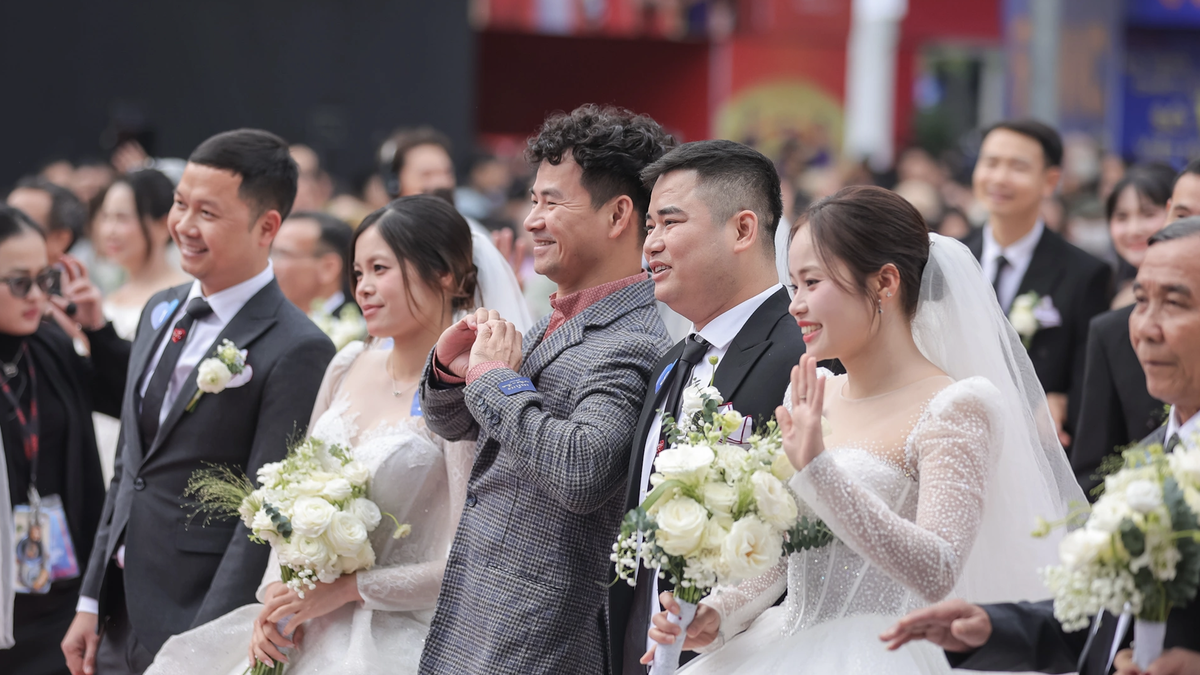
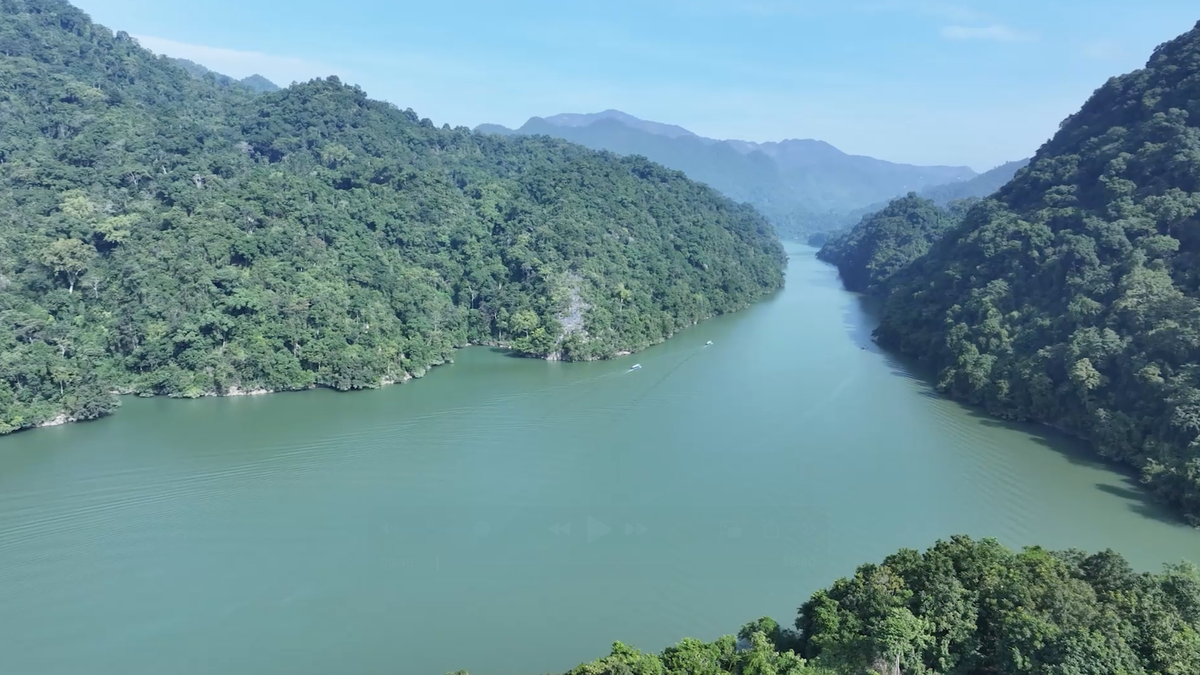


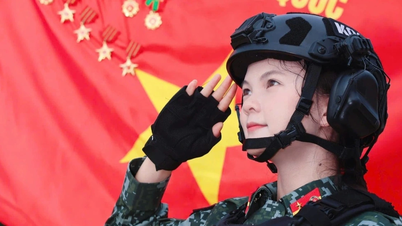

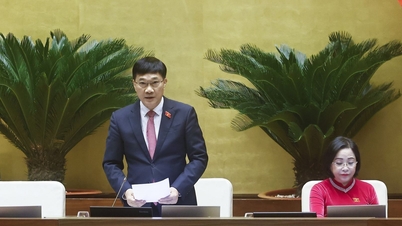

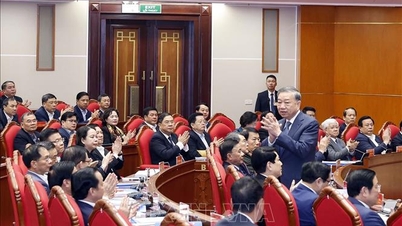
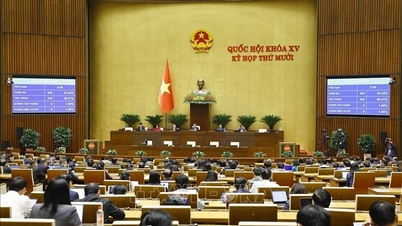
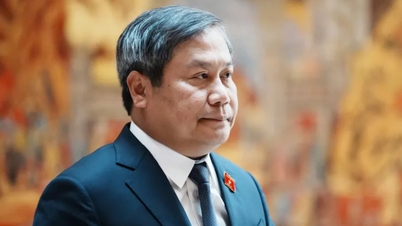
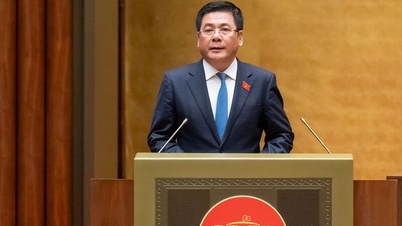

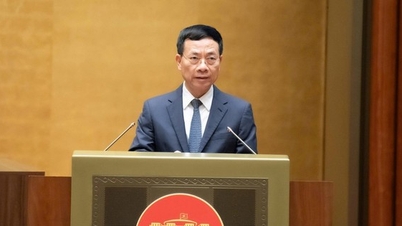




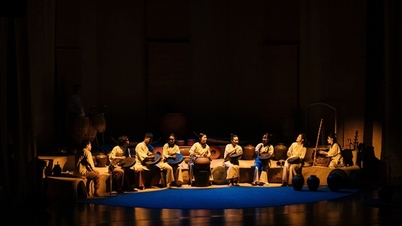
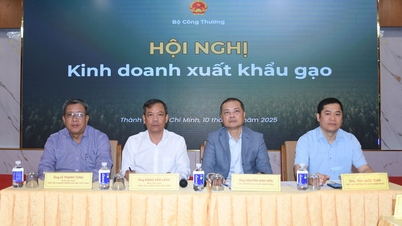
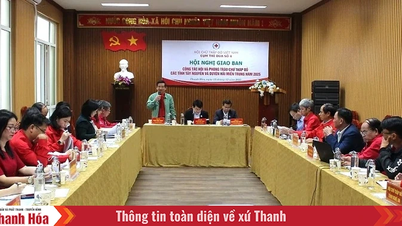
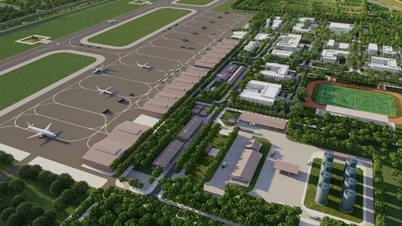

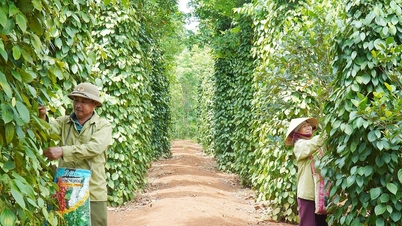

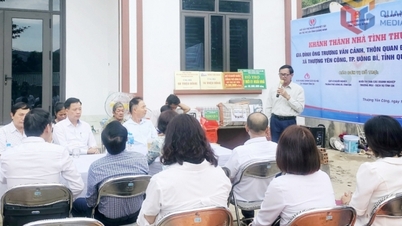

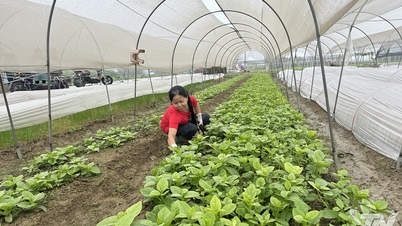

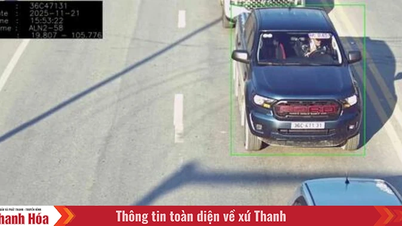










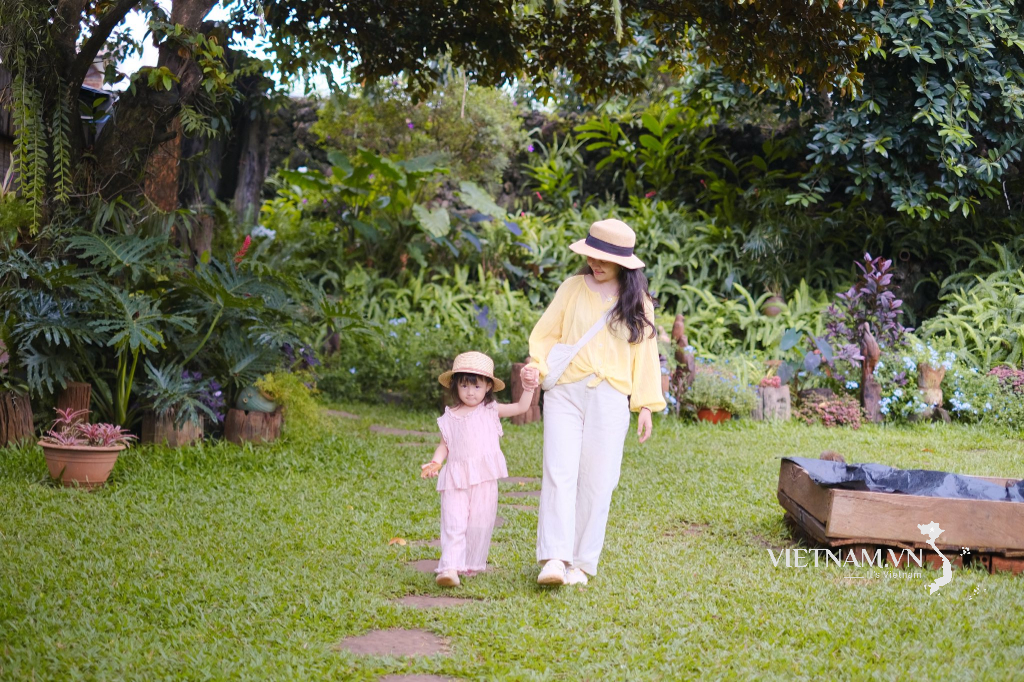







Comment (0)